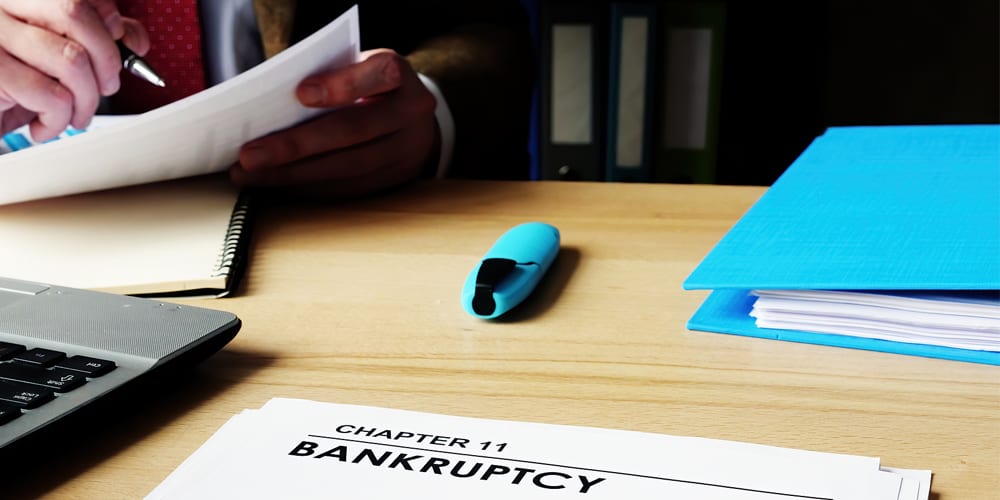Disclaimer: This article includes a brief overview of Chapter 11 bankruptcies. The information is not, nor is it intended to be legal advice. It is imperative that any action you take to be done on the advice of competent legal counsel, and not based solely upon this article.
You’ve been informed by your customer, who has past due accounts with you, that he has filed a Chapter 11 bankruptcy. What do you do now? Keep reading to see the Seven-Point checklist to help protect your rights.
- Check to see if you have received the Bankruptcy Court Notice to Creditors. If you have not received the Notice, immediately contact the customer and ask him for the bankruptcy case number and the court in which the bankruptcy was filed.
- With this information in hand, call the clerk of the appropriate court and confirm that a filing has actually taken place. Confirm it was a Chapter 11 and ask when the bar date is for filing a proof of claim. Also ask if your company is on the list of creditors filed with the Court and request a copy of the Notice to Creditors.
- The Notice to Creditors provides the specifics of the filing including the customer’s Schedule of Assets and Liabilities. Carefully review the information on the Schedule to determine that outstanding debts owed to you are included, listed correctly and not marked “disputed, unliquidated or contingent”. Unliquidated claims are those for which a specific value has not been determined. Contingent claims are those that may only be owed by the customer under certain circumstances. For example, where the customer is a cosigner on another person’s loan and that person fails to pay.
- If your claim is not listed on the Notice to Creditors, is listed incorrectly, or is designated as disputed, unliquidated or contingent, file a Proof of Claim (POC) with the Bankruptcy Court before the bar date. If you don’t file a timely proof of claim, the court will consider the customer’s Schedule of Liabilities accurate and make any distributions accordingly.
- Immediately stop shipments in transit and arrange for return to your warehouse. If the customer receives and accepts the shipment, it becomes part of the bankruptcy estate, unless you can make a case under the right of reclamation (see #4 below).
- Stop all efforts to collect the past due account. The bankruptcy filing bars you from further action to collect on your debt.
- Prepare and send a Reclamation Notice for any goods shipped within the reclamation period.
- Review payments received from the bankrupt debtor within 90 days preceding the bankruptcy filing date. These may be subject to preference claims. However, do not automatically pay any preference demands as there are defenses against preference claims.
- Require cash in advance or COD terms if you continue to ship to the customer after the bankruptcy filing.
- Participate in the initial Meeting of Creditors and, if you have a large unsecured claim, consider participating in the Unsecured Creditors’ Committee.
Failing to do any of these seven tasks could jeopardize your ability to collect any part of your past due account once the Chapter 11 is confirmed by the Bankruptcy Court.
Check out these other Business Operations articles on our website.
